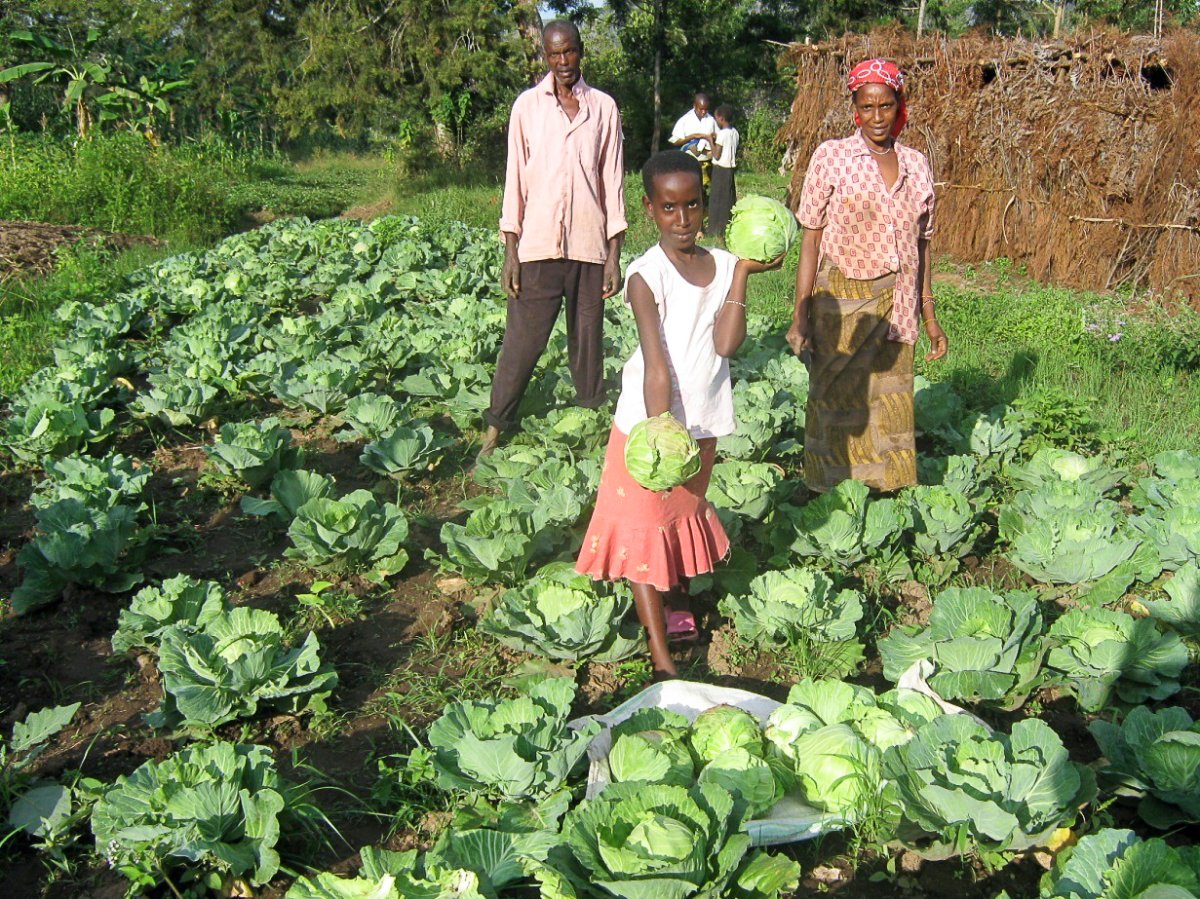Teenage environmental activist Aline, a resident of Burundi, has seen firsthand the life-giving impact of sustainable gardening.

When her baby brother bounced back from malnutrition by eating a wholesome diet – particularly fruit – she decided to take action.
“I planted the very ones they gave him as a medicine,” says Aline. “I did not know that my brother was crippled because of lack of such food.”
With World Vision’s support, Aline planted a wide variety of fruits and vegetables in her community including avocados, bananas, oranges, eggplants, pineapple, cabbage and amaranths.
And just about anyone can benefit from growing your own foods. At home in Canada, there is a wide variety of produce that can be grown in your own backyard, community garden or window ledge to benefit overall health – along with your bottom line.
From tomatoes and onions to celery and corn, options are plentiful if you have a yard. But even without much outdoor space, sustainable gardening is still possible with a bit of creativity.
On a window ledge, long and narrow window boxes are ideal for a herb garden filled with basil, oregano, parsley or mixed salad greens. Otherwise, with strings for support, climbing vegetables such as beans and cucumbers can be planted along the sunny side of your house, fence, apartment building or garage.
In terms of savings, according to Home Harvest Kitchen Gardens, $25 worth of seeds will pay back with $1200 worth of fresh produce.
To put those numbers into perspective, a 100-square-foot garden can produce upwards of 300 pounds of fresh vegetables.
Growing your own fruits and veggies is also an ideal way to ensure your produce is pesticide-free as you’ll know exactly what has been used throughout the growing process.
Here are more some quick tips to get you started from Live Green Toronto.
- Choose a spot that gets at least six to eight hours of sunlight every day.
- Select produce that is easy to grow, such as tomatoes, lettuce and zucchini.
- Be sure to plant by the expected last day of frost, not by the weather.
- Before planting, research companion plants that can support each other to reduce pests and enhance pollination, nutrient uptake and food production.
For those living in the developing world, a commitment to sustainability pays dividends.
With no electricity in the home, Aulerie, a resident of Rwanda, knew she needed to find a solution for her daughter to do her nightly homework. Then she found out about World Vision’s biogas program. World Vision, the local government and Aurelie’s family all contributed to the cost of this system.
“The resourceful biogas structure runs off of cow manure and now fuels Aulerie’s stove as well as a light in every room of their home – including one outside,” says Miriam Booy, Regional Program Manager, East Africa. “Any surplus goes back into the farm and acts as fertilizer for the family’s banana trees and cabbage crops.”
In addition Aulerie and her daughter no longer have to walk long distances anymore to get firewood which frees them up for other things like studying and gardening.
So whether it’s helping to improve quality of life abroad or a little closer to home, sustainable gardening can have a major impact on both physical and financial well-being.
To learn more about World Vision’s work and how you can get involved, click here.





